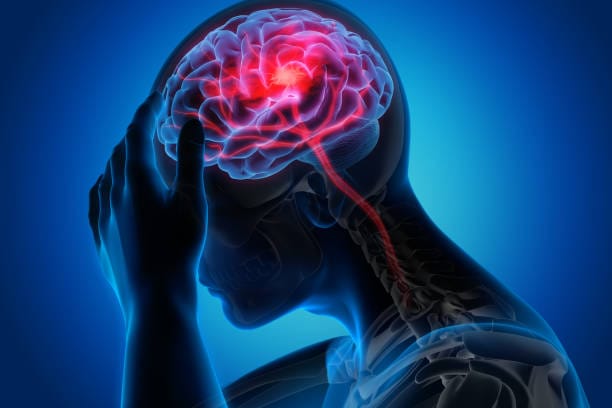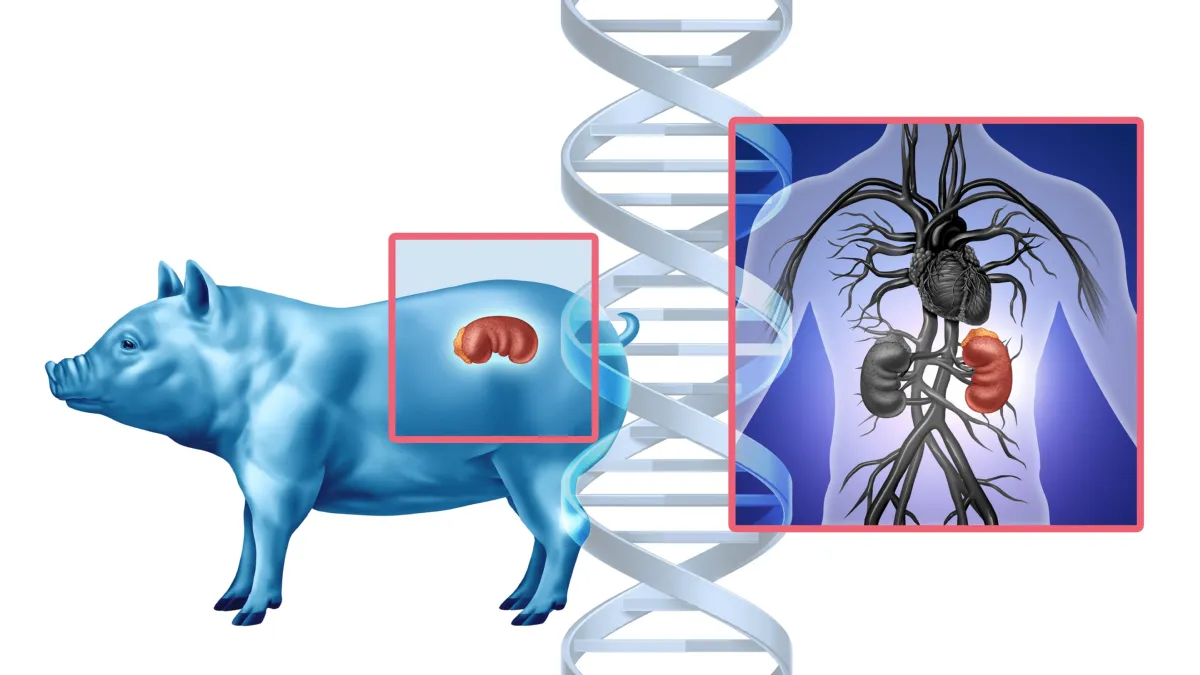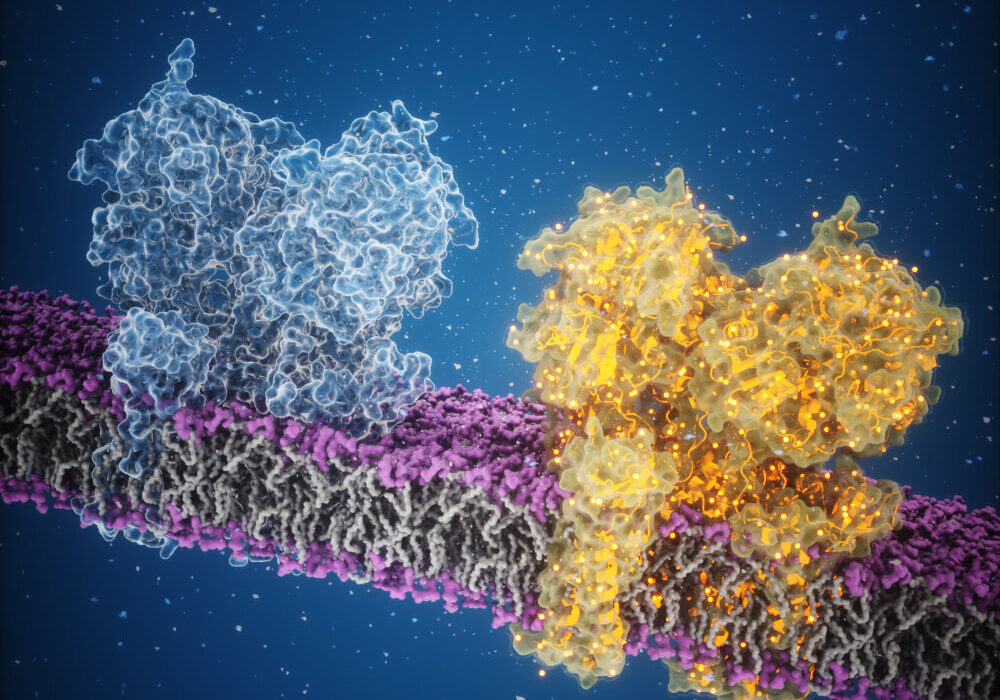It can happen in an instant. One moment you’re speaking, laughing, walking. The next, words won’t form, your arm won’t lift, your world spins. A stroke is not just a medical event—it is an assault on the very core of who we are. It strikes without warning, often without pain, but with devastating consequences.
Every year, nearly 15 million people around the world suffer a stroke. Of those, 5 million die, and another 5 million are left permanently disabled. Stroke is the second leading cause of death globally and a leading cause of long-term disability. Yet behind these cold statistics lie stories of sudden terror, long recoveries, and, in many cases, powerful triumphs over adversity.
To understand stroke is to understand the brain’s absolute dependence on a continuous, unbroken stream of blood. Just as a computer crashes without power, the brain malfunctions without oxygen and nutrients. And when that blood flow is interrupted—even for a few minutes—cells begin to die. Brain cells. And with them, speech, memory, movement, sight, even life itself.
But stroke is not an inevitability. It’s a preventable, treatable, and survivable medical emergency—if you recognize it in time, understand what causes it, and know how to act.
What Exactly Is a Stroke?
A stroke occurs when the blood supply to a part of the brain is cut off or significantly reduced, depriving brain tissue of oxygen and essential nutrients. Within minutes, brain cells begin to die. The longer the brain goes without oxygen, the more damage is done.
There are two main types of stroke:
Ischemic Stroke – A Clot That Chokes
This is the most common type, accounting for about 87% of all strokes. It happens when a blood clot, fatty deposit, or other obstruction blocks a blood vessel supplying the brain. It’s akin to a heart attack, but in the brain—a “brain attack.”
Sometimes the clot originates in the brain itself; other times, it travels from elsewhere in the body, such as the heart (especially in conditions like atrial fibrillation). When a clot lodges in a brain artery, it acts like a cork in a bottle, halting the flow of blood downstream. That area of the brain, starved of oxygen, begins to malfunction and die.
Hemorrhagic Stroke – A Blood Vessel Bursts
This type, though less common, is often more deadly. It occurs when a blood vessel in the brain bursts, causing blood to spill into or around the brain. The pressure of the leaked blood, coupled with the loss of vital circulation beyond the rupture, leads to catastrophic damage.
Hemorrhagic strokes are most often caused by high blood pressure, trauma, or aneurysms—weak, bulging sections of blood vessels that can rupture like overinflated balloons.
There’s also a third type: Transient Ischemic Attack (TIA), often called a “mini-stroke.” It’s a temporary blockage that clears on its own, usually within minutes to hours. But TIAs are serious warning signs. One in three people who experience a TIA will have a full-blown stroke later.
The Invisible Build-Up: What Causes a Stroke?
Stroke rarely comes out of nowhere. More often, it’s the result of years—sometimes decades—of damage building silently in the blood vessels and heart. The causes of stroke fall into several categories, many of which are modifiable with lifestyle and medical intervention.
Hypertension – The Silent Killer
High blood pressure is the single most significant risk factor for stroke. Over time, excessive pressure can damage blood vessel walls, making them more likely to rupture or collect fatty deposits that block blood flow.
Yet high blood pressure often presents no symptoms. Many live with it unknowingly, their arteries stiffening and weakening until one day—snap. Or block.
Atherosclerosis – Clogged Arteries in the Brain
Much like coronary artery disease causes heart attacks, atherosclerosis in the brain’s arteries sets the stage for ischemic strokes. Fatty plaques accumulate in vessel walls, narrowing the pathways through which blood flows. If a clot forms on one of these plaques, it can completely obstruct the artery.
Atrial Fibrillation – A Quivering Threat
Atrial fibrillation (AFib), a common heart rhythm disorder, increases stroke risk by fivefold. When the heart’s upper chambers flutter instead of beating properly, blood pools and can clot. If a clot escapes to the brain, it can lodge in an artery and trigger a stroke.
Diabetes – Sugar’s Dangerous Legacy
Diabetes damages blood vessels and accelerates atherosclerosis. It also doubles the risk of stroke. Poorly controlled blood sugar leads to widespread vascular injury and inflammation, which weakens the entire circulatory system.
Lifestyle Factors – Habits That Harm
Smoking, excessive alcohol consumption, poor diet, lack of exercise, and obesity all contribute significantly to stroke risk. They are not just unhealthy habits—they are accelerants to vascular disease.
Genetic and Rare Causes
Some strokes are caused by rare disorders: blood clotting disorders, arterial dissections (tears in blood vessels), or conditions like Moyamoya disease. Genetics can also play a role, predisposing some people to stroke at younger ages or even in childhood.
The Warning Bells: Symptoms You Should Never Ignore
Stroke is a medical emergency. Every minute counts. Time is brain—millions of neurons die each minute a stroke goes untreated.
The most widely recognized set of symptoms is captured in the acronym F.A.S.T.:
- Face drooping: One side of the face may sag or feel numb. Ask the person to smile—does it look uneven?
- Arm weakness: Is one arm weak or numb? Ask them to raise both arms. Does one drift downward?
- Speech difficulty: Is speech slurred, garbled, or completely lost?
- Time to call emergency services: If any of these signs are present, even temporarily, call immediately.
Other symptoms can include:
- Sudden confusion or trouble understanding speech
- Sudden numbness or weakness in the leg, especially on one side
- Sudden trouble seeing in one or both eyes
- Sudden dizziness, loss of balance, or coordination
- Sudden, severe headache with no known cause
Even if symptoms resolve quickly (as in a TIA), emergency evaluation is essential. The risk of a future stroke is highest in the first 48 hours.
Diagnosing Stroke: Peering Into the Brain
Diagnosing a stroke quickly and accurately is critical. The first goal is to determine the type of stroke—is it ischemic or hemorrhagic?—because treatment differs dramatically.
Imaging: The Eyes of Emergency Medicine
- CT Scan (Computed Tomography): Often the first test. It’s fast and excellent at detecting bleeding, making it essential for identifying hemorrhagic strokes.
- MRI (Magnetic Resonance Imaging): Offers more detailed images and can detect early ischemic strokes, even within minutes of symptom onset.
- CT Angiography or MR Angiography: These visualize blood vessels in the brain and neck, revealing blockages, aneurysms, or malformations.
Blood Tests and Monitoring
Doctors will also test for blood clotting ability, glucose levels (to rule out hypoglycemia), and infection. Blood pressure, heart rhythm, and oxygen levels are closely monitored.
Echocardiogram and EKG
If the stroke might have originated from the heart (as in AFib or an embolus), an echocardiogram and electrocardiogram (EKG) can provide essential clues.
The Race Against Time: Emergency Stroke Treatment
When a stroke occurs, every second matters. Prompt treatment can mean the difference between full recovery and permanent disability—or between life and death.
Ischemic Stroke: Restoring the Flow
- Clot-busting drugs (tPA): Tissue plasminogen activator is a powerful medication that dissolves clots. If given within 4.5 hours of symptom onset, it can dramatically reduce damage.
- Mechanical Thrombectomy: For large vessel occlusions, surgeons can insert a catheter into the brain to remove the clot directly. This must typically be done within 6 to 24 hours, depending on the case.
Time limits for both interventions are strict. That’s why emergency response and rapid hospital arrival are essential.
Hemorrhagic Stroke: Stopping the Bleed
For bleeding strokes, the priority is to control bleeding and relieve pressure on the brain.
- Surgery: May be needed to repair ruptured vessels, remove blood, or reduce pressure.
- Blood pressure management: Aggressively controlled to prevent further bleeding.
- Medications: May include drugs to reverse blood thinners, reduce brain swelling, or prevent seizures.
Recovery: The Long Road Back
Stroke recovery is not measured in hours—but in months, and sometimes years. For many, it is a journey of rediscovery, rebuilding basic functions one step at a time.
Rehabilitation Begins Early
The brain has a remarkable ability to adapt—called neuroplasticity. Rehabilitation aims to harness this, rewiring surviving brain areas to take over lost functions.
- Physical Therapy: Helps rebuild strength, coordination, and movement.
- Occupational Therapy: Aids in relearning daily tasks like dressing, cooking, or using tools.
- Speech Therapy: Restores language skills and swallowing ability.
- Cognitive Therapy: Targets memory, attention, and problem-solving.
Family support, psychological counseling, and peer groups are crucial components of recovery. Stroke can take a heavy emotional toll, leading to depression and anxiety. Mental health is just as important as physical healing.
Living After Stroke: Prevention and Hope
Surviving a stroke is only half the battle. Preventing another is just as critical.
Medications and Monitoring
Stroke survivors often require lifelong medication:
- Antiplatelets (like aspirin): To prevent clot formation
- Anticoagulants: For those with AFib or clotting disorders
- Statins: To lower cholesterol
- Blood pressure medications: To keep arteries safe
Regular checkups, blood tests, and lifestyle modifications are essential.
Lifestyle Changes: The Power of Choice
The most powerful stroke preventers are often simple choices:
- Stop smoking
- Limit alcohol
- Exercise regularly
- Eat a Mediterranean-style diet
- Control blood sugar and cholesterol
These are not just health tips—they are lifesaving interventions.
Stroke in Young Adults and Children: A Hidden Danger
Though commonly associated with older age, stroke can—and does—affect young people and even children. In younger individuals, strokes are often caused by congenital heart defects, clotting disorders, drug use, trauma, or autoimmune diseases.
Young stroke survivors face unique challenges—emotional, social, and financial. But with early treatment and modern rehabilitation, many make remarkable recoveries.
Conclusion: The Brain’s Cry for Help
Stroke is one of humanity’s oldest afflictions, described in ancient texts and feared throughout history. But never before have we had such power to fight it.
From cutting-edge clot removal to advanced rehabilitation and public awareness campaigns, we are turning the tide. Yet the key remains early recognition. Stroke is a thief that works fast—but we can be faster.
If you take away one message from this story, let it be this: Know the signs. Act immediately. Believe in recovery.
Because behind every statistic is a life—paused but not ended. A future interrupted but not erased. And a brain, damaged but not defeated, waiting to heal.






